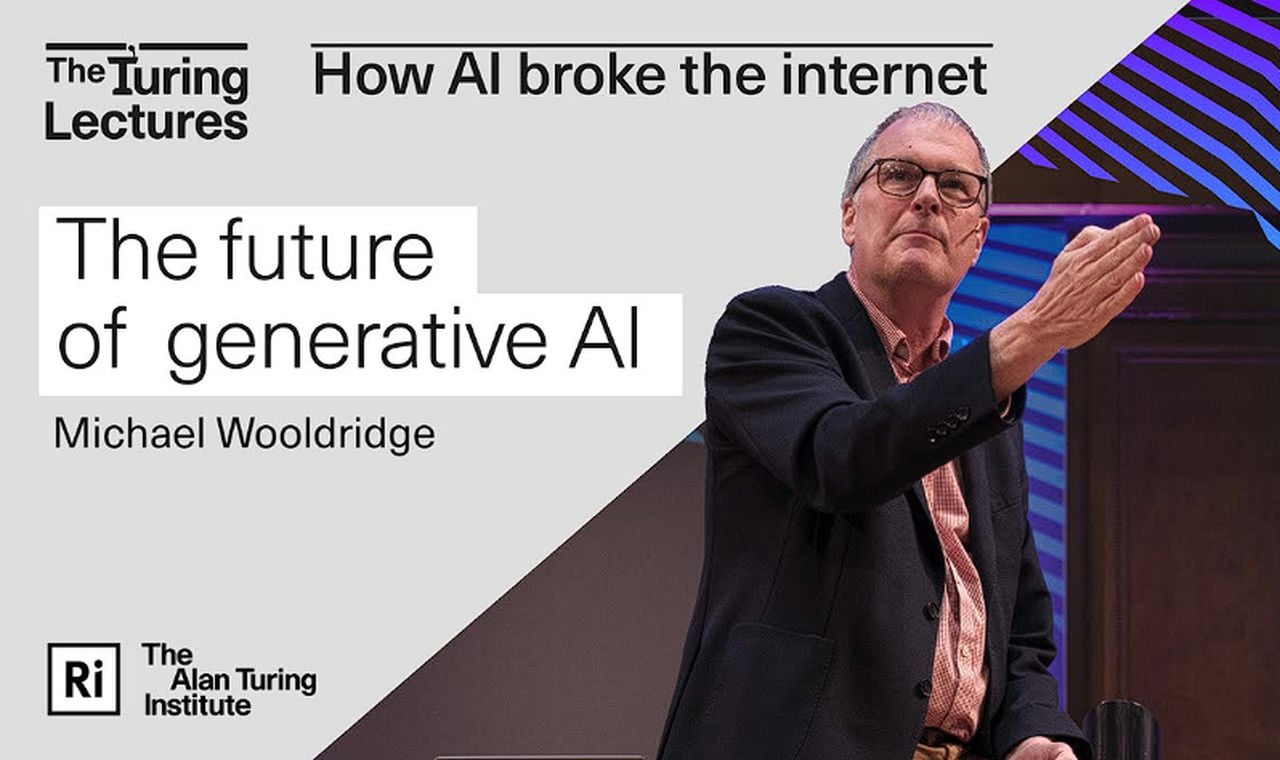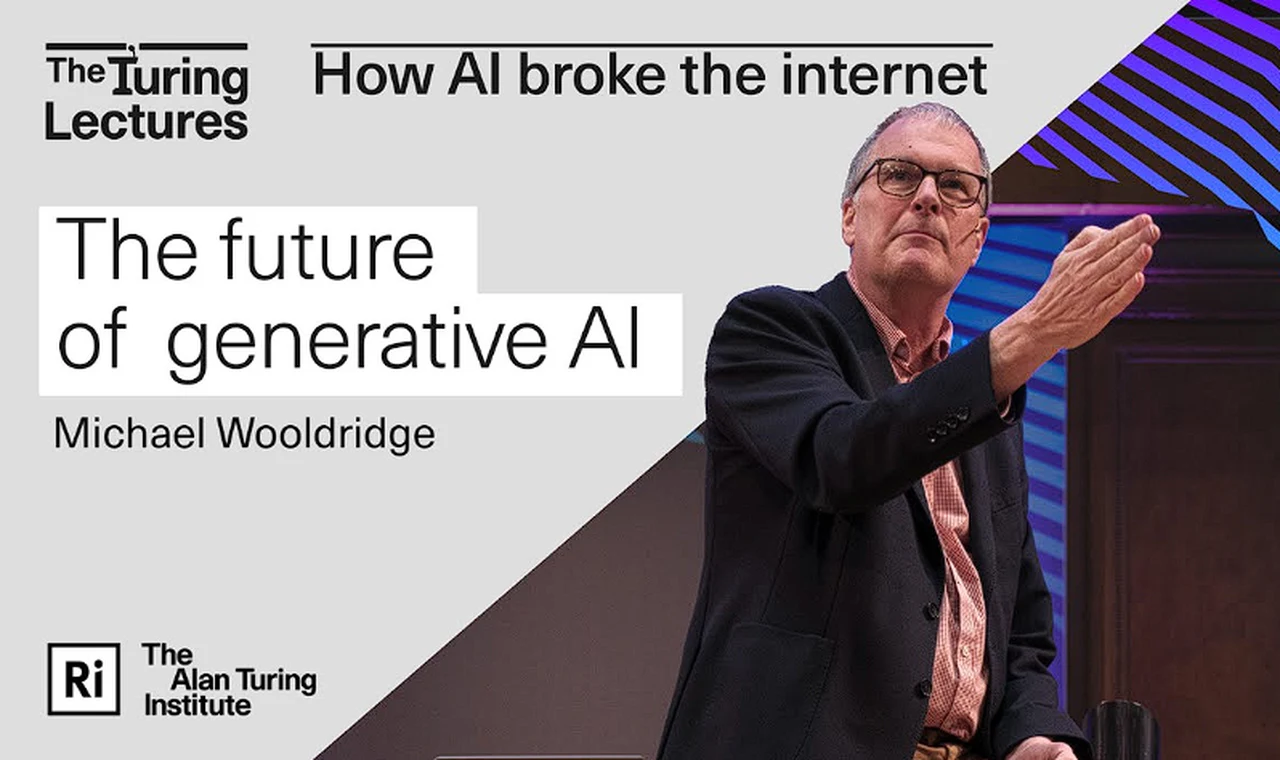[ad_1]

Birla Institute of Management Technology (BIMTECH) en India lanzó por primera vez una moneda universitaria basada en blockchain llamada Bimcoin. El token está diseñado para facilitar transacciones seguras y transparentes dentro del ecosistema del instituto para estudiantes, administradores y proveedores. La declaración oficial de lanzamiento distribuida por el instituto dice que la iniciativa está inspirada en los esfuerzos relacionados con la moneda digital del banco central (CBDC) de la India y tiene como objetivo abordar la “creciente necesidad” de integrar blockchain en los sistemas existentes del mundo real, como las finanzas.
“A diferencia de los sistemas financieros tradicionales, Bimcoin aprovecha la naturaleza descentralizada de la cadena de bloques, garantizando la transparencia e integrando funciones programables como contratos inteligentes”. declaración Dicho desde BIMTECH.
Pruebas beta de Bimcoin
Bimcoin se ha sometido a pruebas beta con la moneda del campus y se han completado 1.100 transacciones. Durante las pruebas, se identificaron algunos problemas relacionados con la configuración del usuario y otros procesos de integración técnica, indicó el instituto. BIMTECH afirmó haber realizado “pruebas iterativas y capacitación de usuarios” para solucionar los problemas encontrados durante la fase piloto.
Está previsto que Bimcoin se someta a pruebas de red antes de implementarse en todo el campus. El instituto no compartió un cronograma para completar las pruebas e implementar Bimcoin a mayor escala. BIMTECH tampoco reveló el nombre de la moneda base cadena de bloques.
Planes BIMTECH para Bimcoin
A través de esta iniciativa, la Escuela de Administración pretende brindar a sus estudiantes y profesores la oportunidad de explorar una solución de pago basada en blockchain.
“Más que una simple solución de pago, BIMCOIN sirve como una herramienta educativa, que brinda a los estudiantes experiencia práctica en tecnología blockchain, monedas digitales y sistemas financieros del mundo real”, señala el comunicado.
En el futuro, el instituto planea hacer que blockchain también forme parte de su plan de estudios académico.
“Este es un paso importante para fomentar una cultura de innovación y preparar a los futuros líderes para prosperar en la economía digital”, dijo Pratibha Rajib, directora de BIMTECH. “En línea con la visión de Digital India, el dinero digital aprovecha la tecnología autorizada con cifrado avanzado, controles de acceso estrictos y protocolos de privacidad de datos, lo que garantiza los más altos estándares de seguridad”.
Estudiantes indios y blockchains
Las partes interesadas y los reguladores de Web3 han instado a las instituciones educativas de todo el mundo a implementar iniciativas de concientización sobre los sistemas blockchain y criptográficos.
En enero de 2023, universidades como IIT, ISB y NIT en Delhi, Madras, Kanpur y Roorkee fueron involucradas por la empresa de criptomonedas Mudrex para una serie de iniciativas de criptomonedas bajo un programa llamado “Wagmi”.
Y el IIT-Madras también fue recientemente Integración Blockchain en los sistemas de elección estudiantil. En ese momento, el instituto le dijo a Gadgets 360 que sus experimentos con blockchain no deberían verse como una “apuesta por las criptomonedas”, sino más bien como un experimento piloto para explorar la tecnología de contabilidad distribuida de manera más amplia.
[ad_2]
Source Article Link






